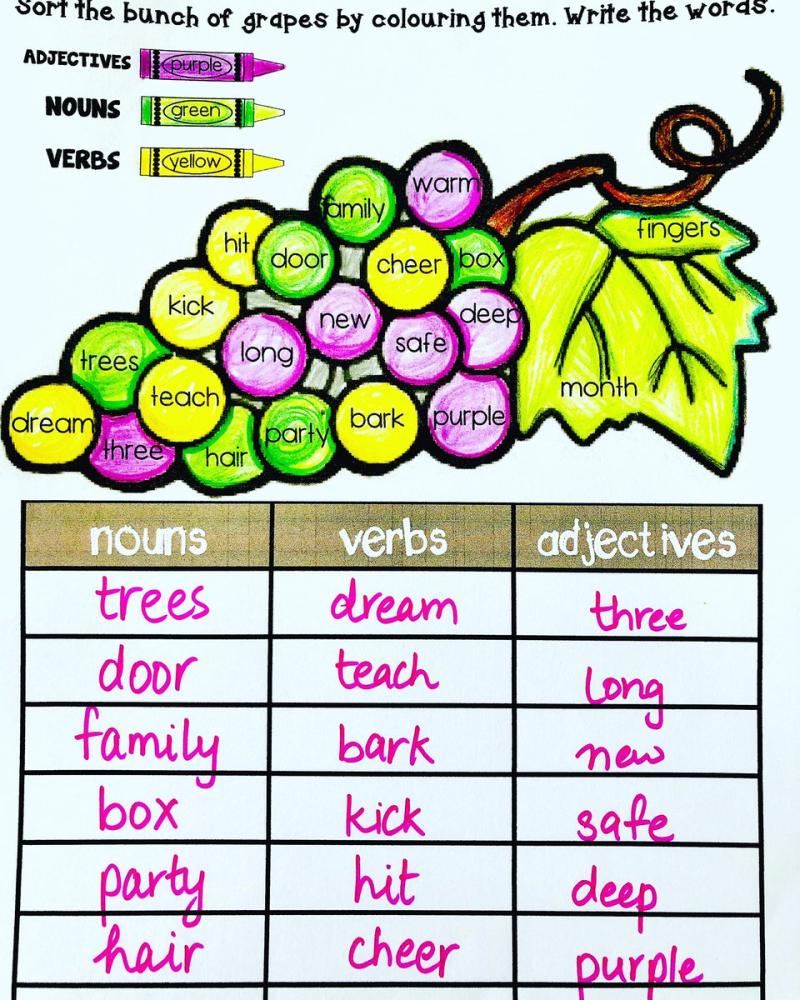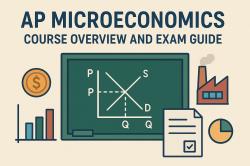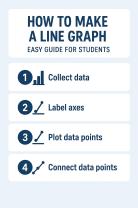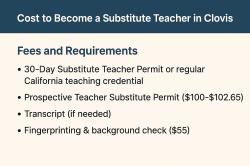How to identify nouns, verbs, and adjectives?
Identifying nouns, verbs, and adjectives is a fundamental skill in understanding and analyzing the structure of sentences in the English language. Here's how to identify these parts of speech:
Nouns:
- Nouns are words that represent people, places, things, or ideas.
- Common nouns are general names for people, places, or things (e.g., "dog," "city," "book").
- Proper nouns are specific names and are usually capitalized (e.g., "John," "Paris," "The Great Gatsby").
- Pronouns can also function as nouns when they replace a specific noun (e.g., "he," "she," "it," "they").
Verbs:
- Verbs are words that show actions, states, or occurrences.
- They indicate what someone or something is doing (e.g., "run," "eat," "sleep") or describe a state of being (e.g., "is," "are," "am").
- Verbs can be in different tenses (past, present, future) and may be regular or irregular.
Adjectives:
- Adjectives are words that describe or modify nouns or pronouns, giving more information about them.
- They answer questions like "What kind?" or "How many?" (e.g., "red," "three," "beautiful").
- Adjectives can be placed before a noun (attributive position) or after certain linking verbs (predicative position), such as "The car is red" or "The car is fast."
To identify these parts of speech in a sentence, you can follow these steps:
Identify nouns by looking for words that represent people, places, things, or ideas. Common nouns are usually not capitalized, while proper nouns are capitalized. Pronouns can replace nouns.
Look for verbs by identifying words that describe actions, states, or occurrences. Keep in mind that verbs can be in different tenses.
Identify adjectives by finding words that modify or describe nouns or pronouns. They provide additional information about the noun, such as its color, size, or quantity.
Here are some examples:
"The quick brown fox jumps over the lazy dog."
- Nouns: "fox," "dog."
- Verbs: "jumps."
- Adjectives: "quick," "brown," "lazy."
"She ate a delicious piece of chocolate cake."
- Nouns: "she," "piece," "cake."
- Verbs: "ate."
- Adjectives: "delicious," "chocolate."
By practicing and identifying nouns, verbs, and adjectives in sentences, you can improve your understanding of sentence structure and grammar.
Here's a summary of the information you requested about nouns, verbs, and adjectives:
1. Distinguishing and Identifying Nouns, Verbs, and Adjectives in Sentences
Nouns, verbs, and adjectives are the three primary parts of speech in the English language. They play essential roles in constructing meaningful sentences and conveying information accurately.
Nouns:
Definition: Nouns name people, places, things, ideas, or events.
Identification: Nouns typically answer the questions "who," "what," "where," "when," or "why."
Examples: "The teacher," "the classroom," "knowledge," "the discovery," "the celebration."
Verbs:
Definition: Verbs express actions, occurrences, or states of being.
Identification: Verbs typically answer the question "what is happening?"
Examples: "Teaching," "learning," "discovering," "celebrating," "sharing."
Adjectives:
Definition: Adjectives modify or describe nouns or pronouns.
Identification: Adjectives typically answer the questions "how" or "what kind."
Examples: "Enthusiastic," "curious," "groundbreaking," "joyful," "memorable."
2. Defining Characteristics and Roles of Nouns, Verbs, and Adjectives in Grammar
Nouns:
Characteristics: Can be singular or plural, concrete or abstract.
Roles: Serve as subjects, objects, complements, or appositives in sentences.
Verbs:
Characteristics: Can be conjugated for tense (present, past, future) and voice (active, passive).
Roles: Express actions, occurrences, or states of being.
Adjectives:
Characteristics: Can be comparative or superlative.
Roles: Modify or describe nouns or pronouns.
3. Practical Tips and Exercises to Improve Skills in Recognizing Parts of Speech
Read actively: Pay attention to how nouns, verbs, and adjectives are used in various contexts.
Highlight or underline parts of speech: Visual reinforcement aids in identification.
Analyze sentence structure: Identify subject, verb, and object to understand parts of speech roles.
Practice writing sentences with specific words: Active engagement helps internalize usage.
Use grammar exercises and quizzes: Interactive resources provide feedback and practice.
4. Enhancing Communication and Writing through Understanding Language Elements
Understanding nouns, verbs, and adjectives improves communication and writing because they:
Strengthen sentence structure: They form the foundation of sentences.
Enhance clarity and precision: They allow for specific and accurate descriptions.
Add depth and interest: They introduce variety and expressiveness to language.
Improve comprehension and understanding: Recognizing these elements facilitates grasping sentence meaning.
5. Examples of Sentences for Practice in Identifying Nouns, Verbs, and Adjectives
The skillful artist masterfully painted a vibrant landscape.
The ancient artifact revealed secrets of a lost civilization.
The melodious music filled the enchanted forest with magic.
The determined scientist conducted exhaustive research to prove their theory.
The grateful community celebrated the courageous firefighter's heroic rescue.













